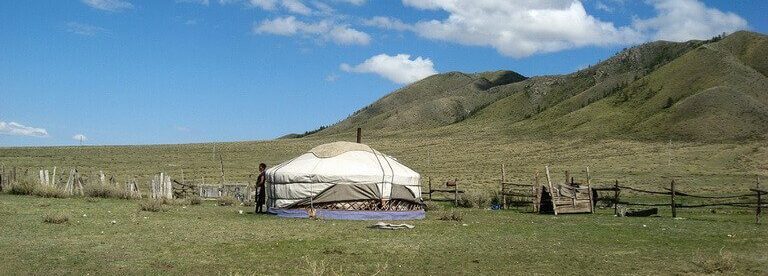What is the yurt of nomadic people?
The ger (in Mongolian), or the yurt (in Russian), is the traditional dwelling of the Mongol peoples and, in general, of the nomadic peoples of Central Asia. Yurts and tipis are designed to be easily assembled and dismantled so that the owner can continue their journey. The herder is constantly moving, looking for new pastureland for their animals.
The Nomad's Yurt






















